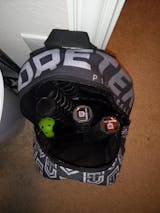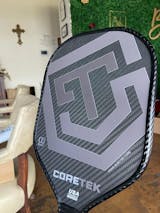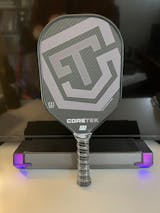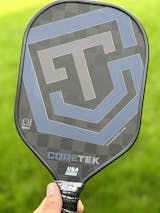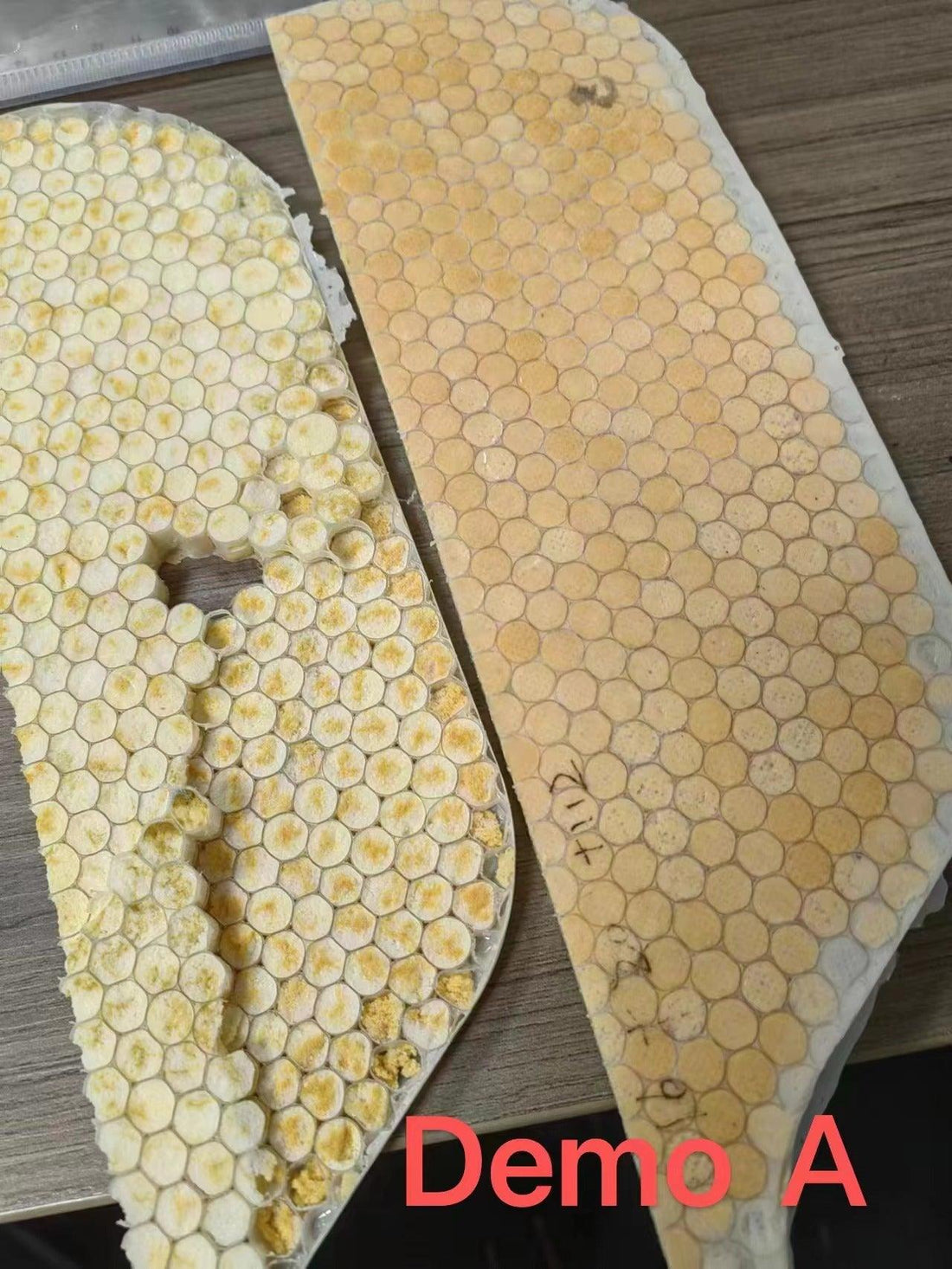
Hard Velocity Caps, Ball Coefficient of Restitution, Modularity
Share
While COR is a valuable concept for balls, codifying it for pickleball paddles presents significant complications due to the inherent complexities of paddle-ball interactions:
* Variability in Contact Mechanics: Unlike the well-defined impact zone on a ball, a paddle's surface area allows for variations in contact location and orientation during play. This makes it nearly impossible to isolate a consistent impact point for accurate COR measurement. It also makes coefficient of restitution a poor choice for regulating paddles as only add the most extreme impact conditions will there be significant differences in final velocity, even across paddles of vastly different coefficients of restitution.
* Cells or No?: At the extreme end of some of the conditions suggested for coefficient of restitution conventional hollow cell paddles probably would not be able to pass. This leads us to believe that there will eventually be a push towards low noise foam paddles with poor mechanical efficiency. As of now we do not know the exact specs of coefficient of restitution.
We believe the following are eventually desired outcomes for the sport in terms of paddle design and testing.
* Instrumented Ball Impacts: A specially designed instrumented ball equipped with sensors could measure the ball's pre- and post-impact velocities at various contact locations on the paddle surface. Integrated with paddles and or other entailed software / hardware some sort of electronic balls seem like an odd suggestion but in terms of some of what is been developed it's not crazy to suggest we will see something like this in the future.
* Paddle Modularity: At some point modularity and a degree of Independence and certification are probably desirable to major manufacturers. These features will be especially desirable when manufacturers are extremely tightly restrained by design specifications.
In conclusion, the inherent variability in paddle materials and contact mechanics makes COR measurement for paddles an impractical approach compared to regulating the COR of the ball itself, which offers a more quantifiable and enforceable method for controlling ball velocity in pickleball. This could be a productive ends in which innovation brings us a better ball instead of innovation being destroyed by good designs being suppressed.

